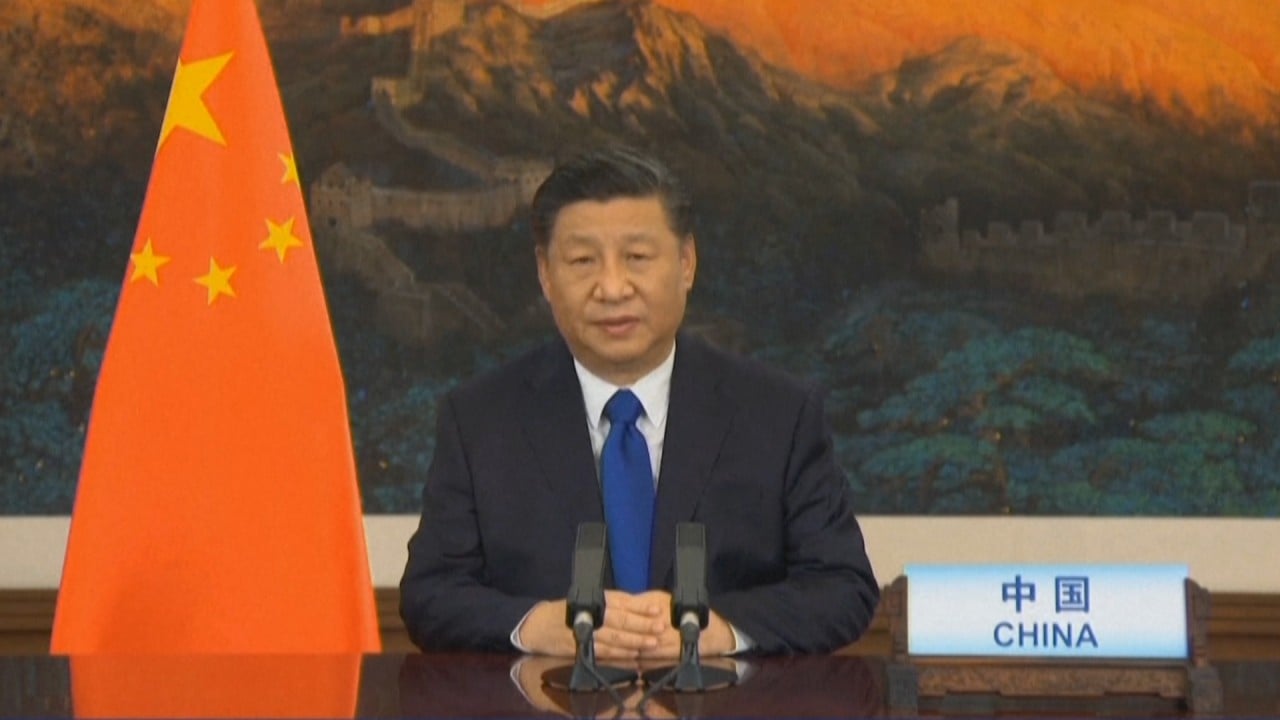
Climate change: Hong Kong utility CLP scales up zero-emissions goal, says ‘impact on electricity price won’t be as much as people fear’
- Goals upgrade at CLP comes after Xi tells UN China will not build more new coal power plants abroad
- A lot of investment is needed, which will impact the price of electricity, but these investments will be spread over 30 years, utility’s CEO says

04:56
Hong Kong could slash carbon emissions 70% with more ambitious goals, says former observatory head
CLP, which also has operations in mainland China, India, Australia and Southeast Asia, previously aimed to phase out coal power by 2050 as part of efforts to slash its carbon emissions to 0.15 kilograms per kilowatt-hour the same year, from 0.57kg last year across its entire portfolio. Now it aims to cut that to 0.3kg by 2030 and zero by 2050.
“The price of fossil fuel is incredibly volatile and makes up most of the power generation cost. As we shift to more renewable power and hydrogen, it will take away that volatility and the impact on electricity price won’t be as much as people fear.”

01:24
China to reduce carbon emissions by over 65 per cent, Xi Jinping says
As fossil fuels are replaced by low-carbon alternatives to meet zero emissions goals, energy prices globally – not just in Hong Kong – will rise, said William Yu Yuen-ping, CEO of non-profit World Green Organisation. “It will take time to ramp up production volumes of the new energy [sources] and reduce costs, as we need to build up supply chain economies of scale, ensure safety and deal with logistics issues,” he said.
The cost impact on consumers can be spread over many years, as utilities account for asset depreciation costs over multiple decades, Yu added.

02:38
China launches world’s largest carbon-trading scheme as part of 2060 carbon neutrality goal
In Hong Kong, where power generation accounts for 65 per cent of carbon emissions, CLP has already cut is emissions intensity to 0.37kg last year from 0.5kg in 2019, thanks to the commissioning of additional natural gas-fired generating units that reduced coal-fired output. Gas combustion is roughly half as carbon-intensive as coal.
“We are still in early-stage planning there, and we have to agree with the government on that plan,” he said. “So the timing around the shut down is uncertain, but it will definitely be before 2040.”
The first four are expected to be closed by 2023 under an agreement with the government, which must approve CLP’s infrastructure investments every five years. Under the Scheme of Control agreement, CLP is entitled to a reasonable return for reliable electricity supply delivered in an environmentally responsible manner and at a reasonable price.
Hong Kong to target lower emissions from 2026 in bid to improve air quality
While a site in the waters in eastern Hong Kong is technically, environmentally and economically feasible for the development of a wind farm of scale, CLP will also consider working with potential partners to build wind farms in mainland Chinese waters, although it would incur higher costs to send the power to Hong Kong, he said.
Green hydrogen is made by splitting water into hydrogen and oxygen using renewable power. Its combustion produces no pollutants.
Instead of using offshore wind farms to power such an operation, it is more likely that CLP will buy hydrogen made with power generated by onshore wind and solar farms in mainland China, Lancaster said. The hydrogen will be infused into the pipeline that sends natural gas from Central Asia to its power plant in Hong Kong.
Meanwhile, Lancaster said CLP will seek potential partners in Australia to share investments for decarbonisation and growth, which will allow it to focus more of its own resources on the Hong Kong and Guangdong markets. It sold 40 per cent of its India operations to a Canadian partner in 2018.

